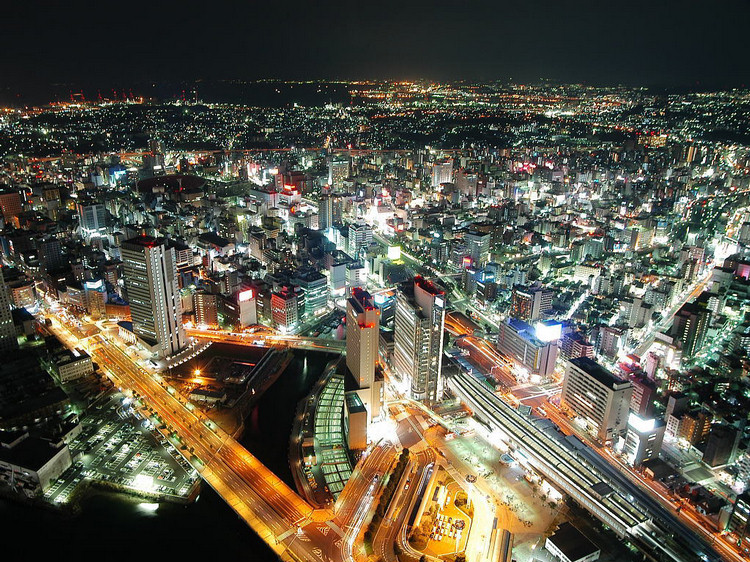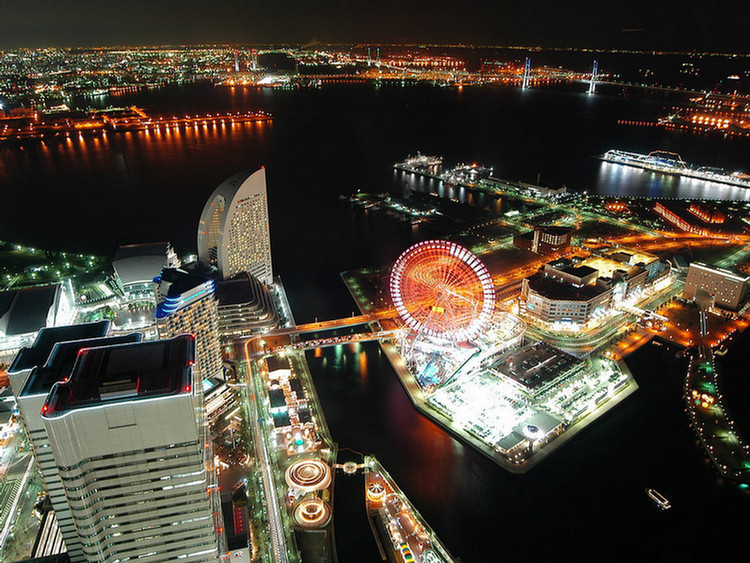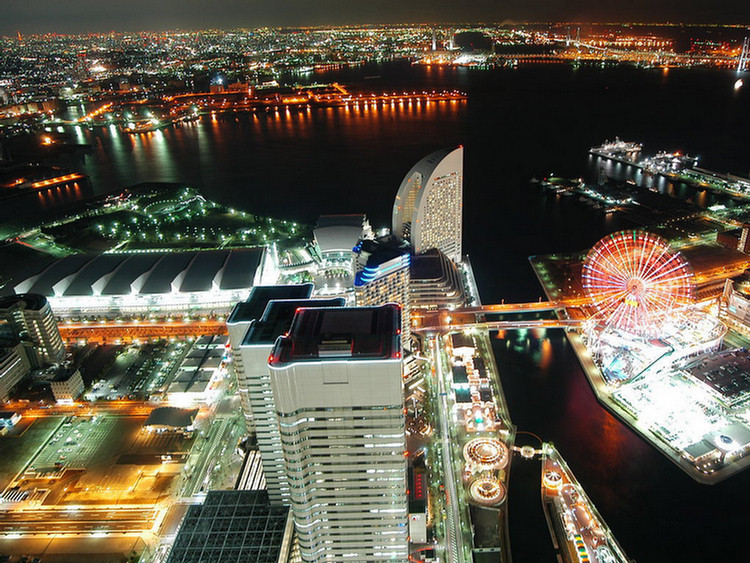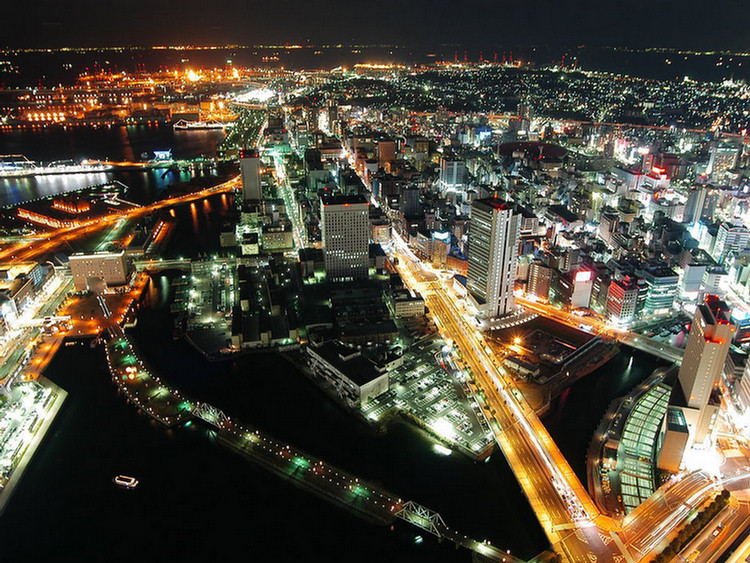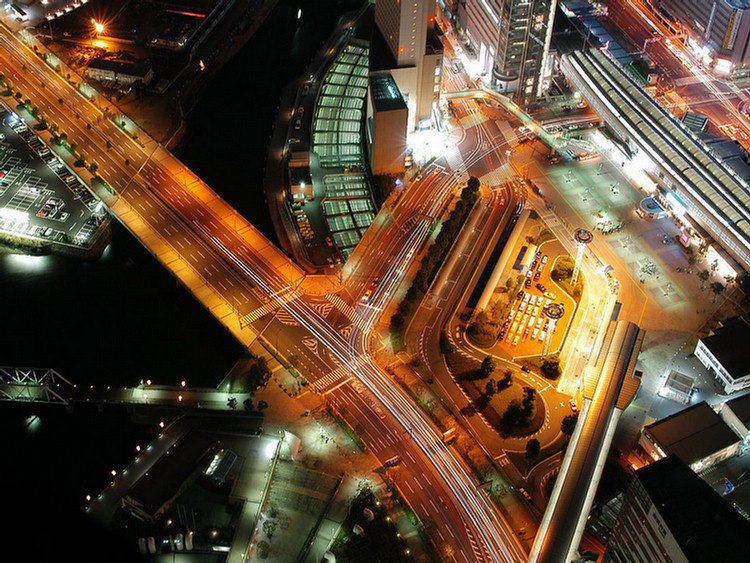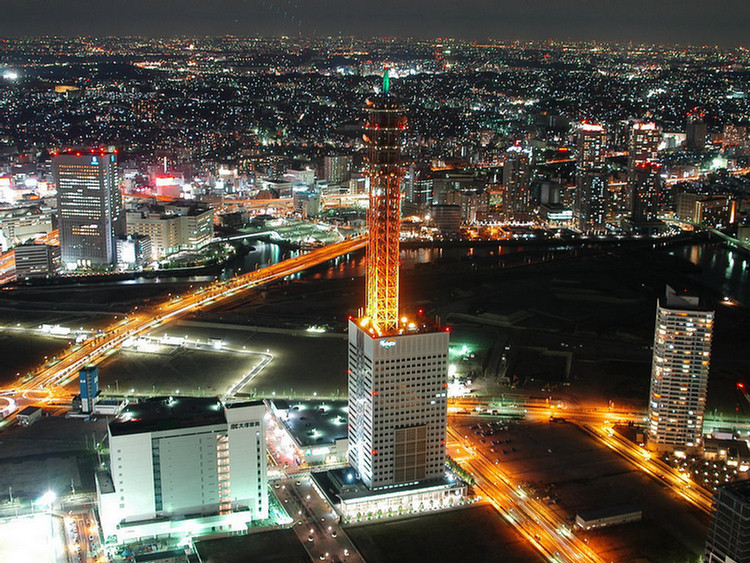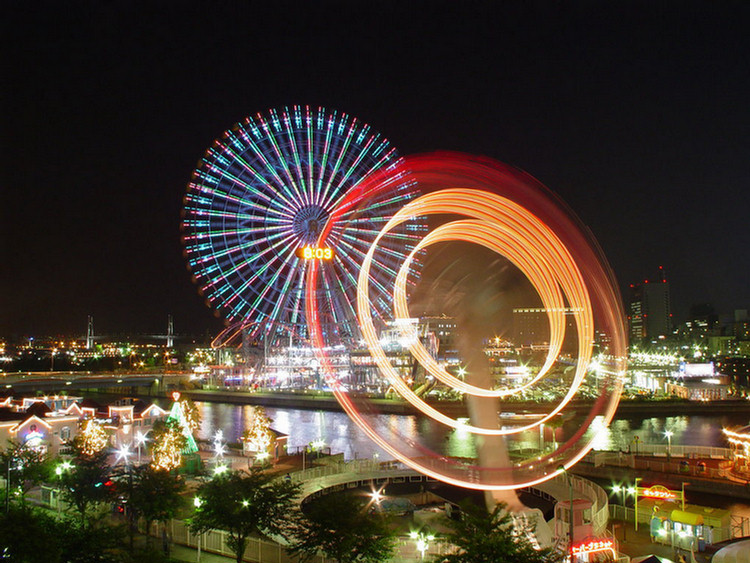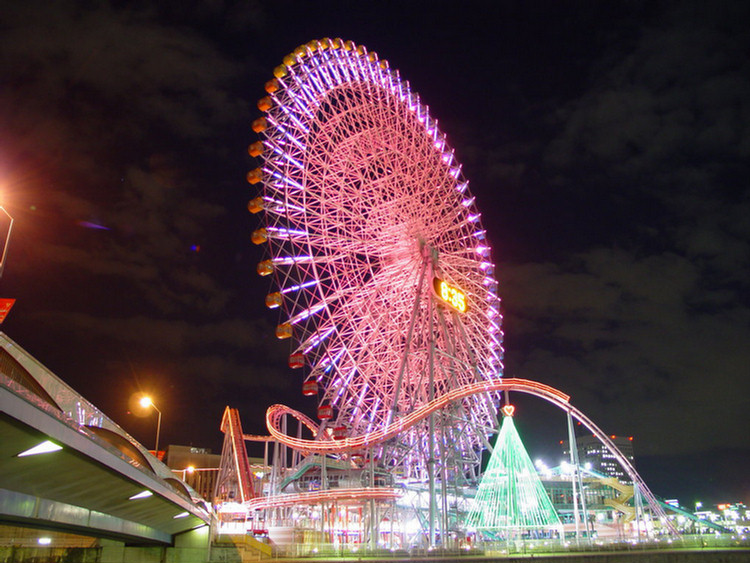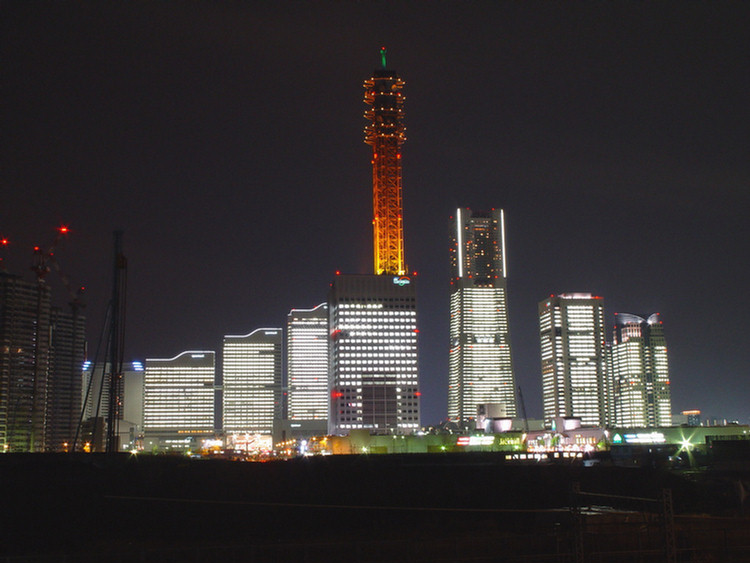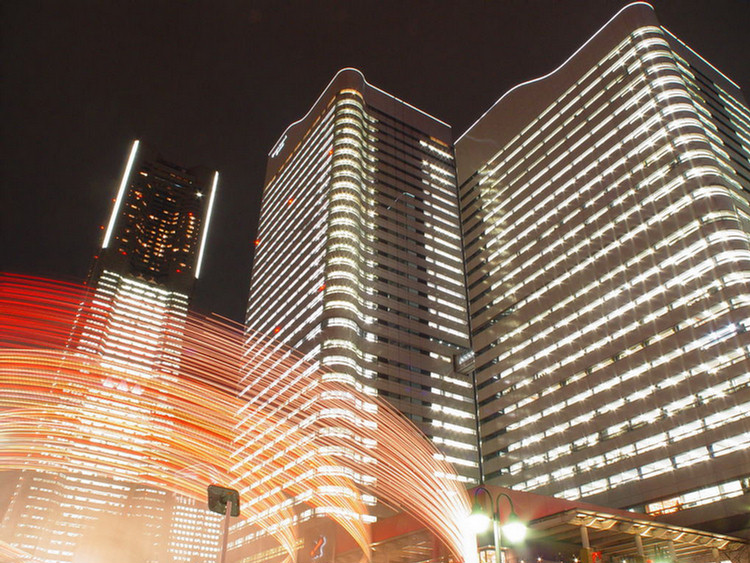Hiroshima Returns From August 6, 1945
It has been years since the Hiroshima bomb (1945), look what has happened!
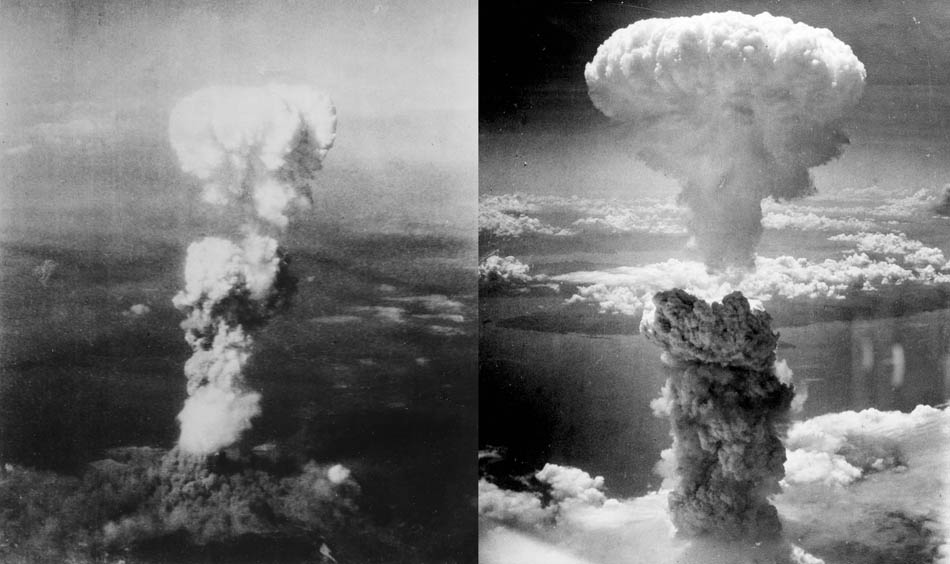
Left picture: At the time this photo was made, smoke billowed 20,000 feet above Hiroshima while smoke from the burst of the first atomic bomb had spread over 10,000 feet on the target at the base of the rising column. Six planes of the 509th Composite Group, participated in this mission; one to carry the bomb Enola Gay, one to take scientific measurements of the blast The Great Artiste, the third to take photographs Necessary Evil the others flew approximately an hour ahead to act as weather scouts, 08/06/1945. Bad weather would disqualify a target as the scientists insisted on a visual delivery, the primary target was Hiroshima, secondary was Kokura, and tertiary was Nagasaki.
Right picture: Atomic bombing of Nagasaki on August 9, 1945.
Did You Know? - During the final stages of World War II in 1945, the United States conducted two atomic bombings against the cities of Hiroshima and Nagasaki in Japan, the first on August 6, 1945 and the second on August 9, 1945. These two events are the only use of nuclear weapons in war to date.
For six months before the atomic bombings, the United States intensely fire-bombed 67 Japanese cities. Together with the United Kingdom and the Republic of China, the United States called for a surrender of Japan in the Potsdam Declaration on July 26, 1945. The Japanese government ignored this ultimatum. By executive order of President Harry S. Truman, the U.S. dropped the nuclear weapon "Little Boy" on the city of Hiroshima on Monday, August 6, 1945, followed by the detonation of "Fat Man" over Nagasaki on August 9.
Within the first two to four months of the bombings, the acute effects killed 90,000–166,000 people in Hiroshima and 60,000–80,000 in Nagasaki,[1] with roughly half of the deaths in each city occurring on the first day. The Hiroshima prefectural health department estimates that, of the people who died on the day of the explosion, 60% died from flash or flame burns, 30% from falling debris and 10% from other causes. During the following months, large numbers died from the effect of burns, radiation sickness, and other injuries, compounded by illness. In a US estimate of the total immediate and short term cause of death, 15–20% died from radiation sickness, 20–30% from flash burns, and 50–60% from other injuries, compounded by illness. In both cities, most of the dead were civilians.
Six days after the detonation over Nagasaki, on August 15, Japan announced its surrender to the Allied Powers, signing the Instrument of Surrender on September 2, officially ending the Pacific War and therefore World War II. Germany had signed its Instrument of Surrender on May 7, ending the war in Europe. The bombings led, in part, to post-war Japan's adopting Three Non-Nuclear Principles, forbidding the nation from nuclear armament. The role of the bombings in Japan's surrender and the U.S.'s ethical justification for them, as well as their strategic importance, is still debated.
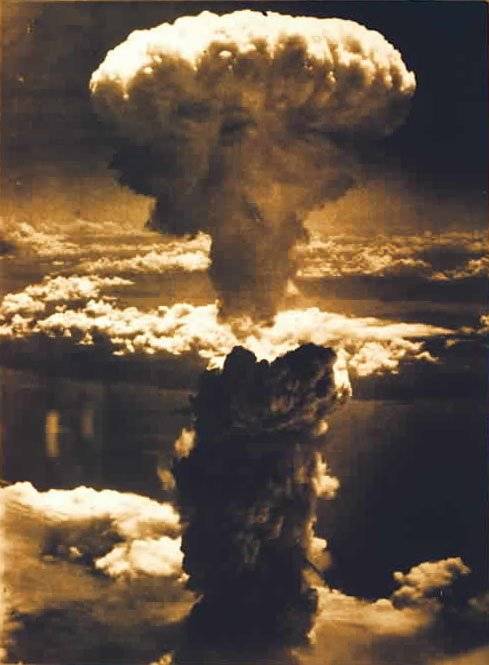
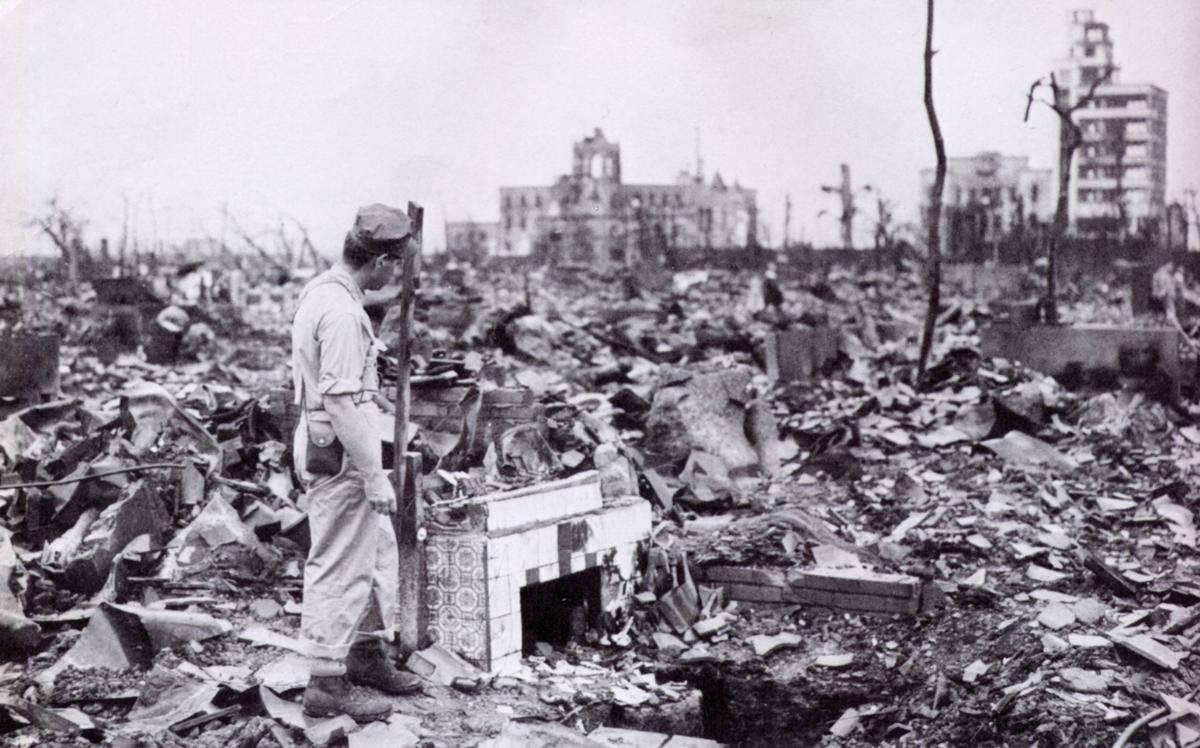
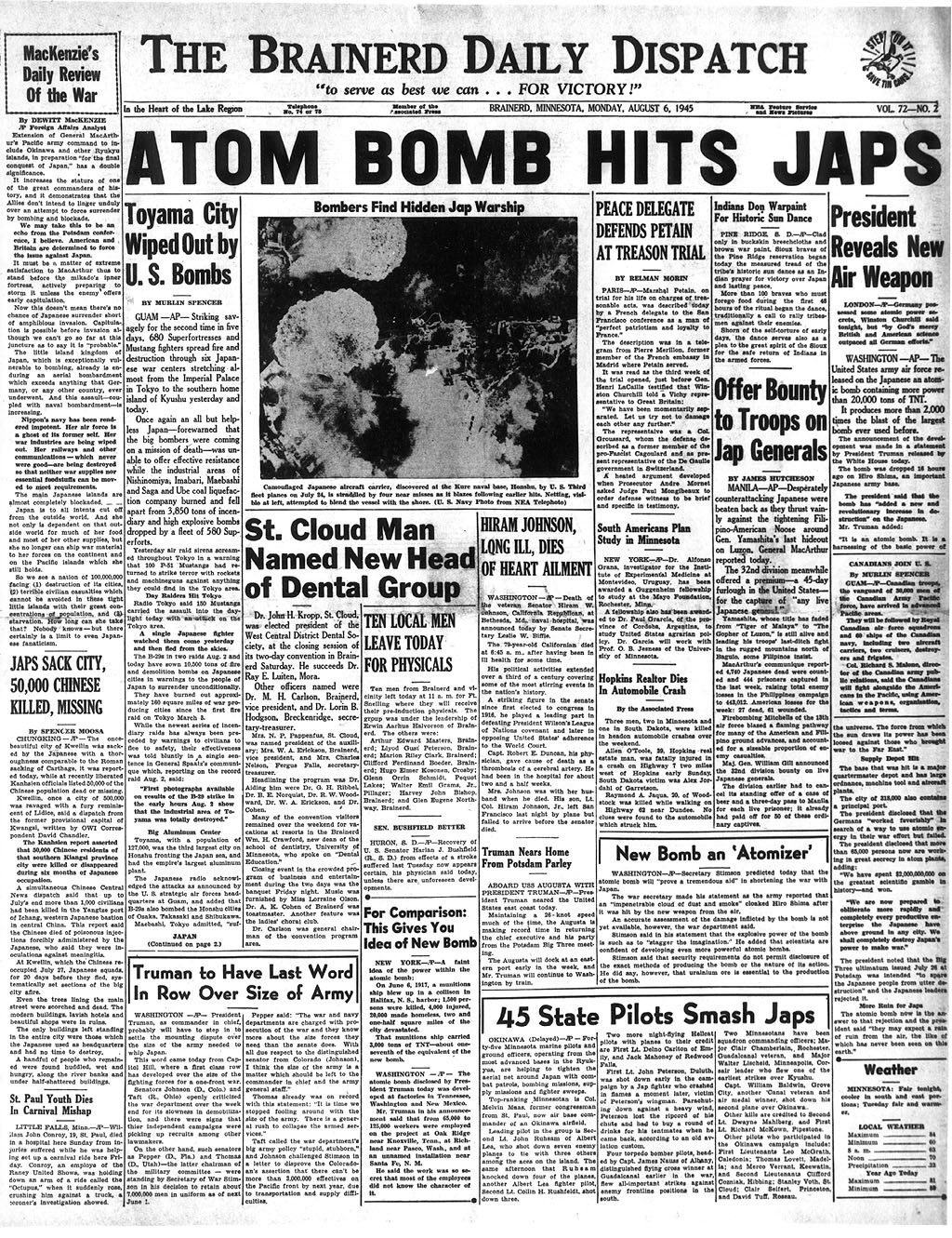
2010... Looks A Little Different
